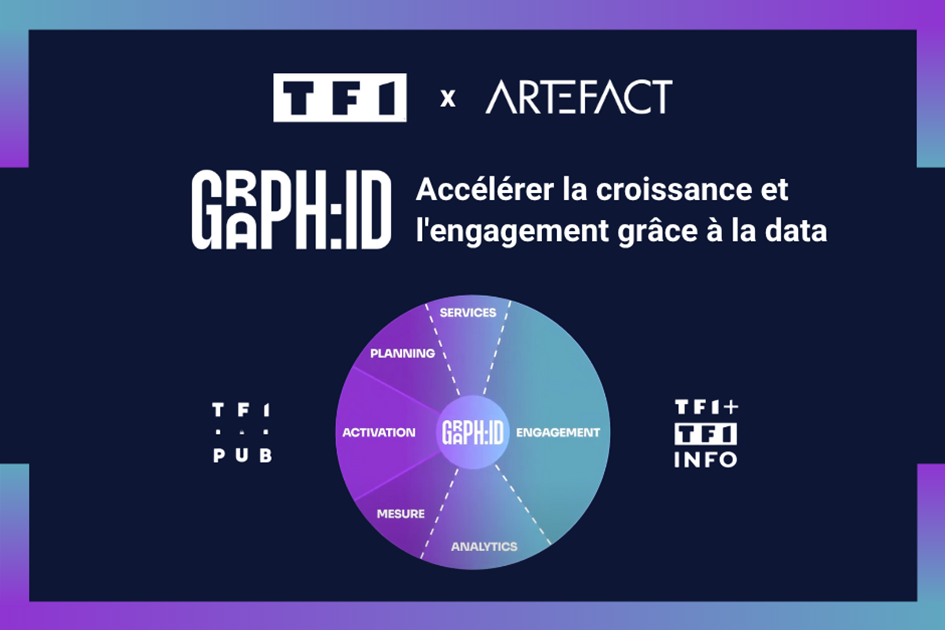Launched in January 2024, the TF1+ platform marks a strategic turning point for the TF1 Group, shifting from a replay-based TV logic to a true streaming platform. At the heart of this transformation: more unified and collaborative data structuring through the Graph:ID project, deployed with Artefact.
From My TF1 to TF1+: A structural change in data management
To successfully transition from MyTF1 to TF1+, the Group had to rethink its data strategy. This meant a structural shift in favor of data collaboration: shared data, multiplied value, and compliance with GDPR rules.
When François-Xavier Pierrel, Group Chief Data and Adtech Officer at TF1, joined the Group, several technical issues had to be addressed:
- Fragmentation of data between streaming activities and the advertising division;
- Informational silos preventing a unified view of the user;
- Limited use of data for user experience and advertisers;
- Technical complexity reducing the accessibility of insights.
To address these issues, TF1 Group launched Graph:ID, in collaboration with Artefact.
“The project aimed to restructure all of our data sets around the user, so that the user becomes the center of our thinking and understanding” François-Xavier Pierrel, Group Chief Data and Adtech Officer, TF1.
Graph:ID, the foundation of TF1’s new data strategy
Relevance and 360° vision of the user
The Graph:ID project draws inspiration from best practices of digital giants by creating a central hub where all user information is consolidated, while always respecting GDPR. By using a stable identifier such as email, TF1 can link different data points. The major challenge was to harmonize data from various sources (TF1 Info, TF1 Pub, and the streaming platform) to make it consistent and useful. Working with Artefact, TF1 Group analyzed this data to identify the most relevant criteria.
Thanks to Graph:ID, TF1 has a much better understanding of its audiences: their viewing habits, behaviors (on mobile, on the move), sociodemographic characteristics… The system now includes 25 million qualified profiles and over a hundred available criteria. Taken individually, these criteria have limited value. However, when combined, they create a rich source of information.
The Graph:ID project within TF1 Group is based on three key pillars:
- Proprietary: developed and fully controlled by TF1 teams;
- Dynamic: continuously enriched by new partners to ensure its differentiation;
- Controlled: designed in strict compliance with regulations, especially GDPR.
A robust architecture focused on collaboration and interoperability
On a technical level, TF1 has deployed a modern infrastructure designed to facilitate data exchange between different systems. This architecture allows for easy integration of client data, regardless of original format. It is based on four essential components:
- Microsoft Azure: handles data collection and initial processing;
- Snowflake: hosts Graph:ID with an optimized structure;
- LiveRamp: offers a simplified interface for advertisers to access Graph:ID insights without having to share their own data immediately;
Dawex: secures data exchanges with partners and rights holders, effectively replacing the old Excel file emailing system.
“We are taking an open approach to data sharing insofar as the GDPR allows us to and in the interests of our stakeholders, both clients and partners.” François-Xavier Pierrel, Group Chief Data and Adtech Officer, TF1.
LiveRamp and its clean rooms: a solution to facilitate user data accessibility, reliability, and protection.
Thanks to its identity resolution technology, LiveRamp enables TF1 to convert raw data into actionable insights while complying with GDPR data protection rules. The solution offers a simplified interface where advertisers can access audience segments without necessarily sharing first-party data. No matter the data format (CSV or Excel), LiveRamp can integrate these different formats to connect, process, and leverage the data easily.
The added value of their solution? Interoperability. The solution is compatible with all client clean rooms.
Advertising and user engagement: Graph:ID use cases
Graph:ID, the technological foundation of the Group’s data strategy, supports two key areas:
Advertising: This solution improves the offering to advertisers by providing a 360° view of users, including more precise audience segmentation, optimized advertising pressure, and more comprehensive campaign reporting.
Engagement of TF1+ and TF1 Info platform users: Graph:ID improves end-to-end marketing campaigns through enriched customer insights and a unique ability to personalize activations. The result? Users spend more time on the platforms.
“In streaming, the key to success lies in your ability to retain the user. More time spent on the platform translates into more ad impressions, and therefore more revenue.” François-Xavier Pierrel, Group Chief Data and Adtech Officer, TF1.
2025 roadmap: Three priorities to deploy Graph:ID use cases
The year 2025 looks promising for TF1 Group, focusing its roadmap on three major areas:: the launch of commercial solutions leveraging Graph:ID in the first half of the year, its gradual reinforcement with new partnerships, and the introduction of new use cases.
Graph:ID illustrates how data collaboration can transform the strategy of a major media group, creating value for both advertisers and users.
“This approach focused on customer knowledge is a decisive competitive advantage.” François-Xavier Pierrel, Group Chief Data and Adtech Officer, TF1.
Watch the video in French

 CLIENT CASES
CLIENT CASES